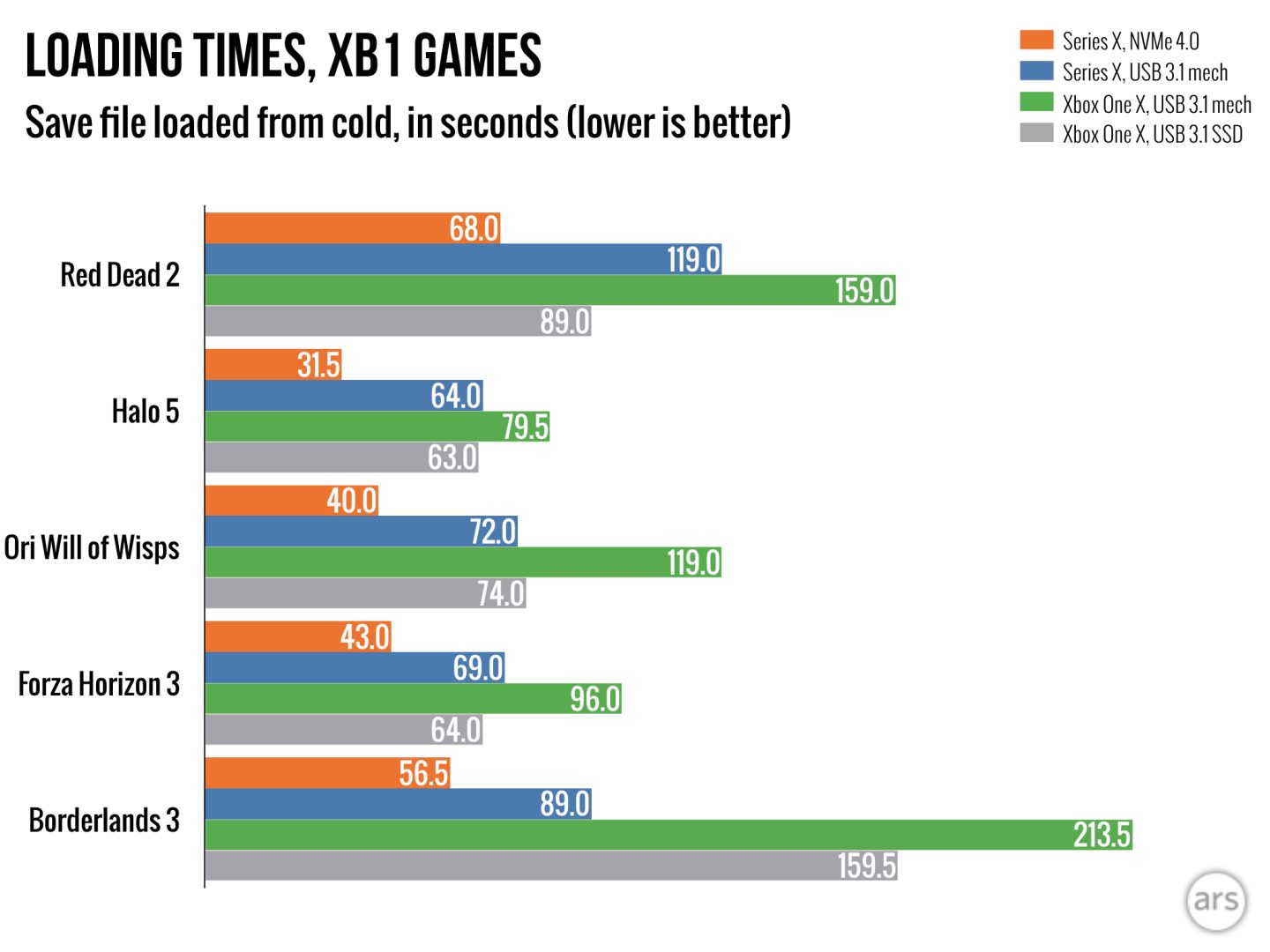Which might come to Windows PCs well past the RTX 3000's active life on the shelves, but that's probably a different discussion.
You're right. The discussion is about the technical capability of RTXIO, not when it will be released.
Is nvidia's own marketing material enough evidence for you?

As has already been discussed at length, the slide does not explicitly state that data transfers are done via P2P DMA direct from SSD to GPU without any involvement whatsoever from the CPU. While that may be the case, it may also be the case that the slide is put together like that to represent the reduced workload on the CPU rather than it's elimination entirely. As it stands, no special CPU/motherboard requirements have been mentioned despite the question being asked and details of other requirements being given. Time will tell of course if there are additional requirements, but at present there's no basis for assuming that there will be. And even if there are, it's likely most modern systems will already be supported. We already know all Zen and newer AMD systems support P2P DMA over the root complex.
Because not every compression format gains performance with parallel execution. Kraken uses 2 threads (!!!) per file, meaning you're either decompressing hundreds/thousands of different textures at the same time or you don't gain anything from running it through GPGPU.
And now you're just assuming RTX graphics cards can decompress BCPack through GPGPU just because they're both related to DirectStorage, without knowing if BCPack decompression is even effective through GPGPU. Microsoft is using dedicated decompression hardware for BCPack, so where's the evidence that BCPack is effective on GPGPU?
Please don't try to put words in my mouth. I haven't assumed that Nvidia are using anything specific. I've merely presented an alternative compression option that achieves a 2:1 compression ratio in response to your implication that it's not possible outside of Oodle based solutions.
The fact is that Nvidia are claiming a 2:1 compression ratio will be attainable at 14GB/s output on their GPU's. That means that whatever compression scheme they're using, it's parallelizable for execution on the GPU. Whether that's BCPACK, Kraken, or something else entirely is irrelevant to the core point. So again, unless you're claiming that Nvidia are lying, I don't see what there is to argue about here.
Of course it's relevant. Are the 14GB/s achievable using a widely adopted industry standard in the PC space? With how many files decompressing at the same time (i.e. how dependent on parallel execution is that throughput)? Or is it only achievable using a nvidia-proprietary texture format that decompresses at 14GB/s when using a nvidia GPU but then can only decompress at 2GB/s if you're using a GPU from another vendor?
nVidia purposely omitting the texture compression format can be a very telling move on their part. They don't even need to be lying for the real-life performance of RTX IO being completely different to their statements and/or having repercussions to the PC ecossystem.
So your argument essentially boils down to: "14GB/s is possible with RTXIO but only if developers use the right compression scheme that allows them to achieve a 2:1 compression ratio" okay.... I think we agree then.
You can argue all day long that no games will support that compression scheme, or that it'll be proprietary, or that it won't work well with other vendor GPU's, but as that's entirely baseless speculation I don't see much point in discussing it. Better to wait and see what happens.

